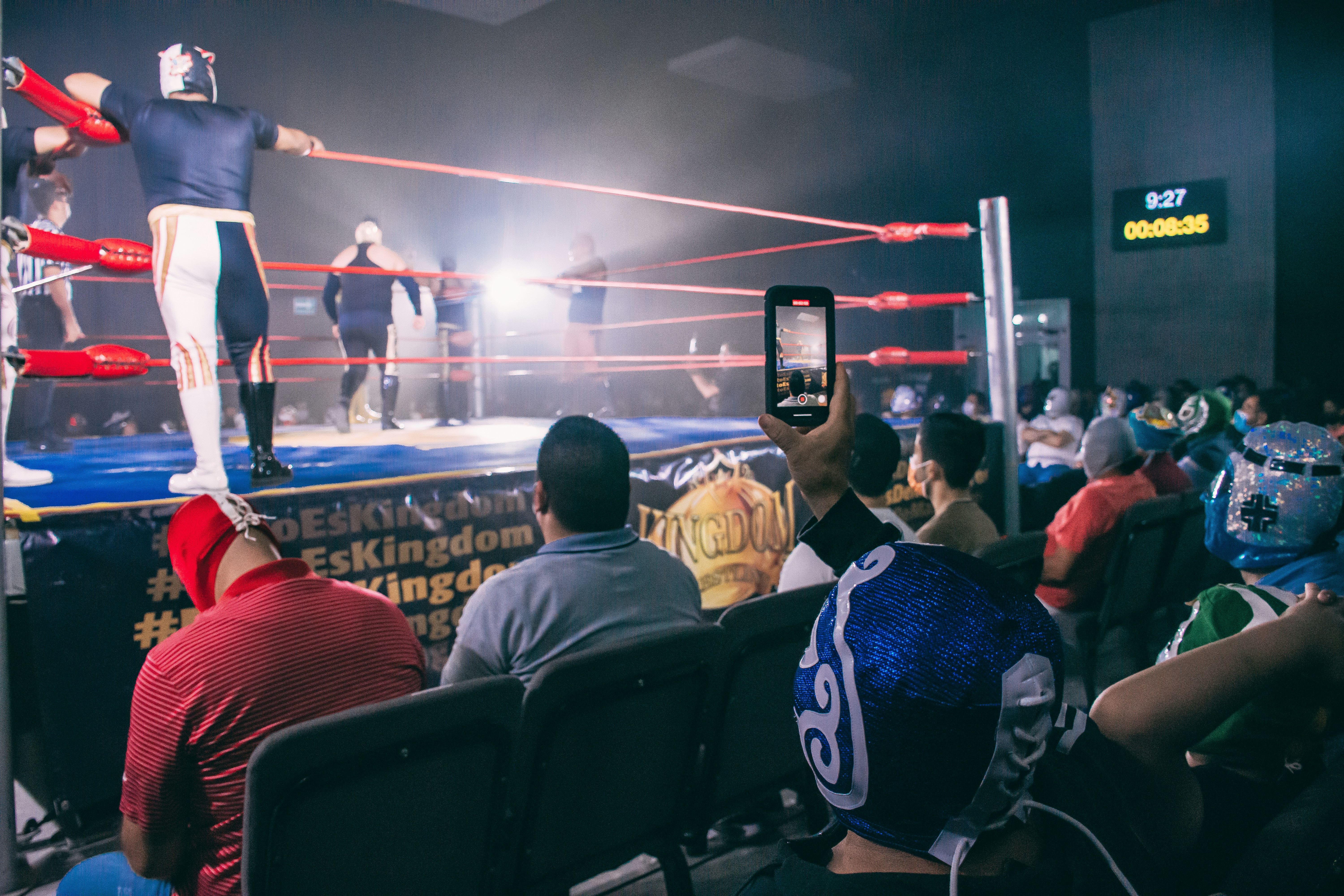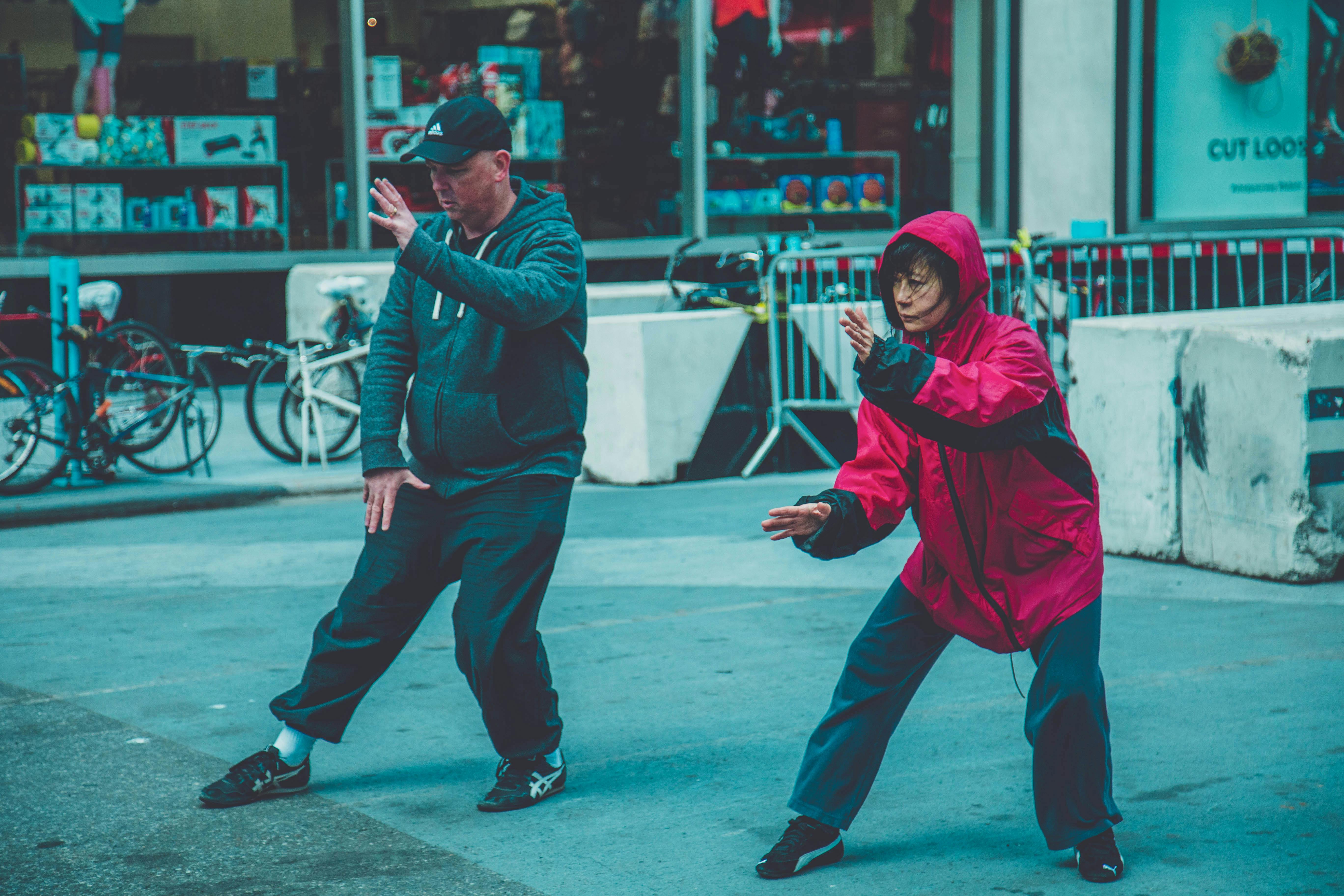Subverting Expectations: The Advent of Anti-Heroes in Contemporary Entertainment
In an era where conventional heroes no longer satiate the audience’s appetite for complexity and relatability, the rise of the anti-hero in contemporary entertainment has been a breath of fresh air. This article delves into the historical development, current trends, and impactful influence of this compelling narrative trope.

Genesis of the Anti-Hero
The anti-hero, a protagonist who lacks conventional heroic qualities, is not a new concept. This archetype can be traced back to the 19th-century works of Fyodor Dostoevsky, who showcased morally ambiguous characters in novels like “Crime and Punishment”. However, the popularity of the anti-hero in mainstream media is a relatively recent phenomenon. The late 20th century saw a surge in such characters, with television series like “The Sopranos” and “Breaking Bad” leading the way.
The Lure of the Anti-Hero
The appeal of the anti-hero lies in their human flaws. Unlike traditional heroes who embody perfection, anti-heroes are relatable due to their imperfections. They are complex, often morally gray, and their motivations are more realistic, making them more engaging to modern audiences. This departure from the stereotypical good-versus-evil narrative has been a significant shift in storytelling, providing a nuanced exploration of morality and human nature.
The Anti-Hero in Modern Entertainment
Today, the anti-hero trope has permeated all forms of entertainment, from movies and TV shows to literature and video games. Characters like Walter White from “Breaking Bad”, Tony Stark from the “Iron Man” series, and Geralt from “The Witcher” video games have captivated audiences with their flawed yet fascinating personalities. These characters have redefined heroism, presenting a more grounded, believable version of a protagonist.
Cultural Impact and Reception
The rise of the anti-hero has had a profound impact on society’s perception of morality and heroism. It has sparked debates about ethics, challenging the black-and-white narrative of traditional hero stories. The reception has been largely positive, with audiences praising the depth and nuance these characters bring to the table. However, it has also raised concerns about the glorification of morally ambiguous characters.
In conclusion, the rise of the anti-hero in contemporary entertainment reflects a shift in societal attitudes. Audiences are increasingly drawn to complex, flawed characters that mirror the real-world struggles and moral dilemmas. As we continue to explore this narrative trope, we can expect more thought-provoking content that challenges our notions of heroism and morality.





